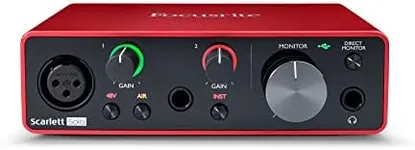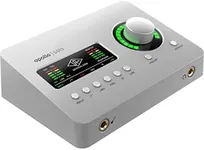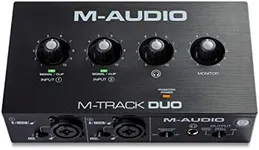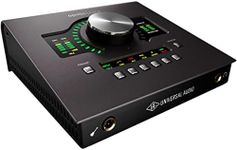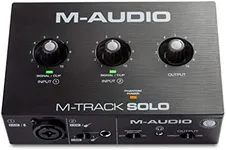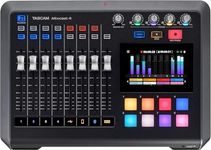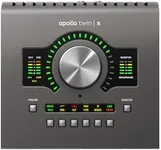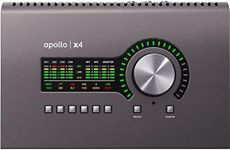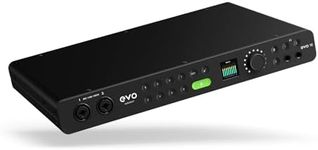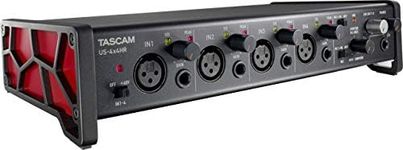Buying Guide for the Best Audio Interfaces
Choosing the right audio interface is important for anyone looking to record, produce, or play back high-quality audio on a computer or other digital device. Audio interfaces act as the bridge between your instruments, microphones, and your computer, converting analog signals to digital and vice versa. The best audio interface for you depends on your recording needs, the equipment you plan to use, and how you intend to use the device—whether for home recording, podcasting, music production, or live streaming.Number of Inputs and OutputsThe number of inputs and outputs on an audio interface determines how many microphones, instruments, or other audio sources you can connect at once, as well as how many separate audio signals you can send out. If you only plan to record vocals or a single instrument at a time, a simple interface with one or two inputs may be enough. For recording bands, podcasts with multiple hosts, or complex setups, you'll need more inputs and outputs. Think about your current needs and whether you might want to expand in the future.
Connection TypeAudio interfaces connect to your computer using different types of ports, such as USB, Thunderbolt, or sometimes FireWire. USB is the most common and works with most computers, but Thunderbolt offers faster data transfer and lower latency, which can be important for professional use. Make sure the interface you choose is compatible with your computer's available ports, and consider the speed and reliability you need for your projects.
Audio Quality (Bit Depth and Sample Rate)Bit depth and sample rate are technical terms that describe how accurately the interface can capture and play back sound. Higher bit depths (like 24-bit) and sample rates (like 96kHz or 192kHz) mean better sound quality and more detail, but also larger file sizes. For most home recording and podcasting, 24-bit/48kHz is more than enough. If you’re working on professional music production or need the highest fidelity, you might want to look for higher values.
Preamps and Phantom PowerPreamps boost the signal from microphones to a usable level, and good preamps can make a big difference in sound quality. Phantom power is a feature that supplies power to condenser microphones, which need it to work. If you plan to use condenser mics, make sure your interface has phantom power. If you want the cleanest, most natural sound, look for interfaces known for high-quality preamps.
Direct MonitoringDirect monitoring lets you hear yourself in real time as you record, without any delay (latency). This is important for singers and musicians who need to stay in time and on pitch. Some interfaces offer a simple switch for direct monitoring, while others let you blend the direct and computer signals. If you plan to record vocals or instruments, this feature can make the process much smoother.
Portability and Build QualitySome audio interfaces are small and lightweight, making them easy to carry for mobile recording or live performances. Others are larger and designed to stay in a studio. Consider how and where you’ll use your interface—if you need to travel with it, look for a compact and sturdy design. If it will stay on your desk, size may be less important, but build quality still matters for long-term reliability.
Software CompatibilityAudio interfaces often come with bundled software or drivers, and it’s important to make sure they work with your computer’s operating system and your preferred recording software (DAW). Check for compatibility with Windows, macOS, or other systems, and see if the interface is supported by the software you plan to use. This ensures a smooth setup and fewer technical issues.
